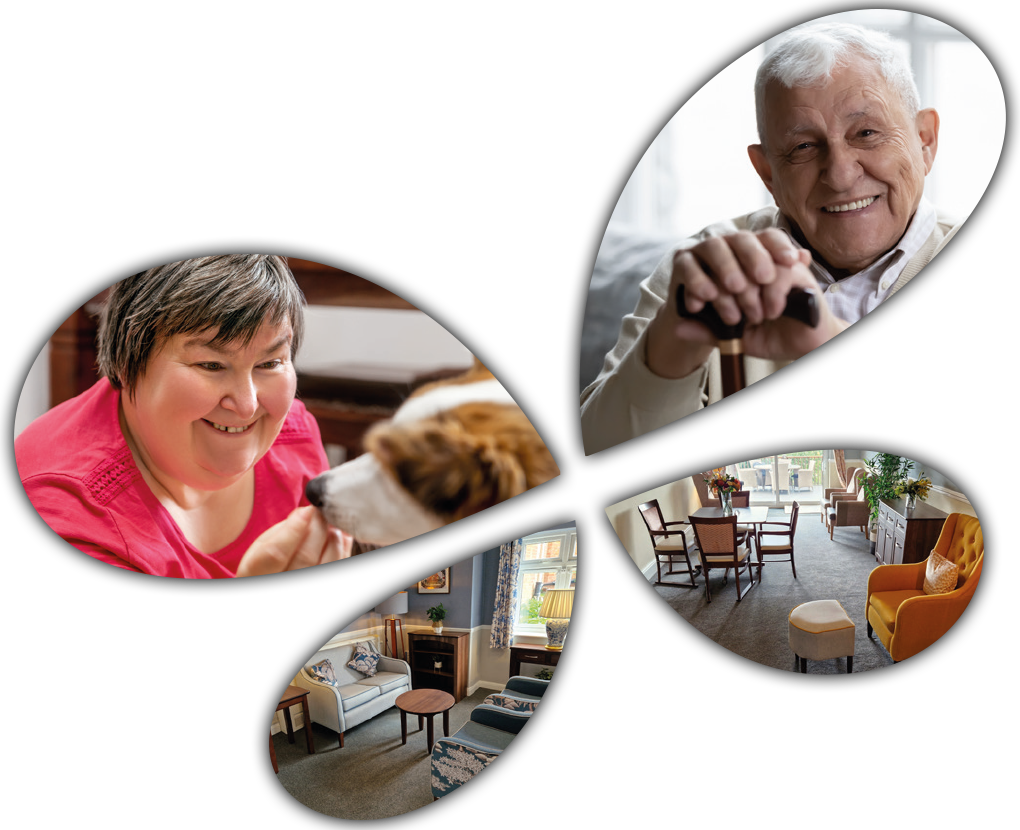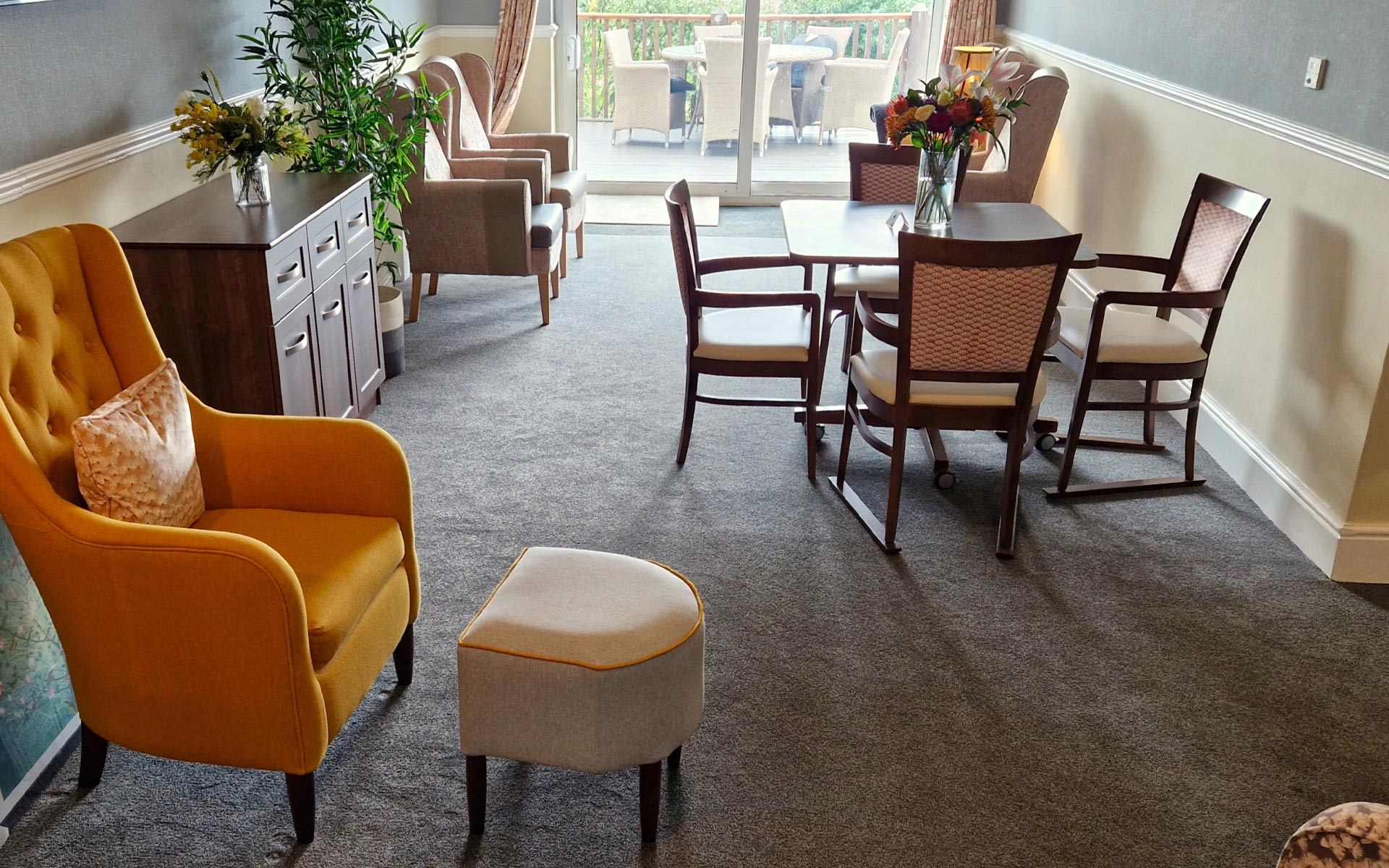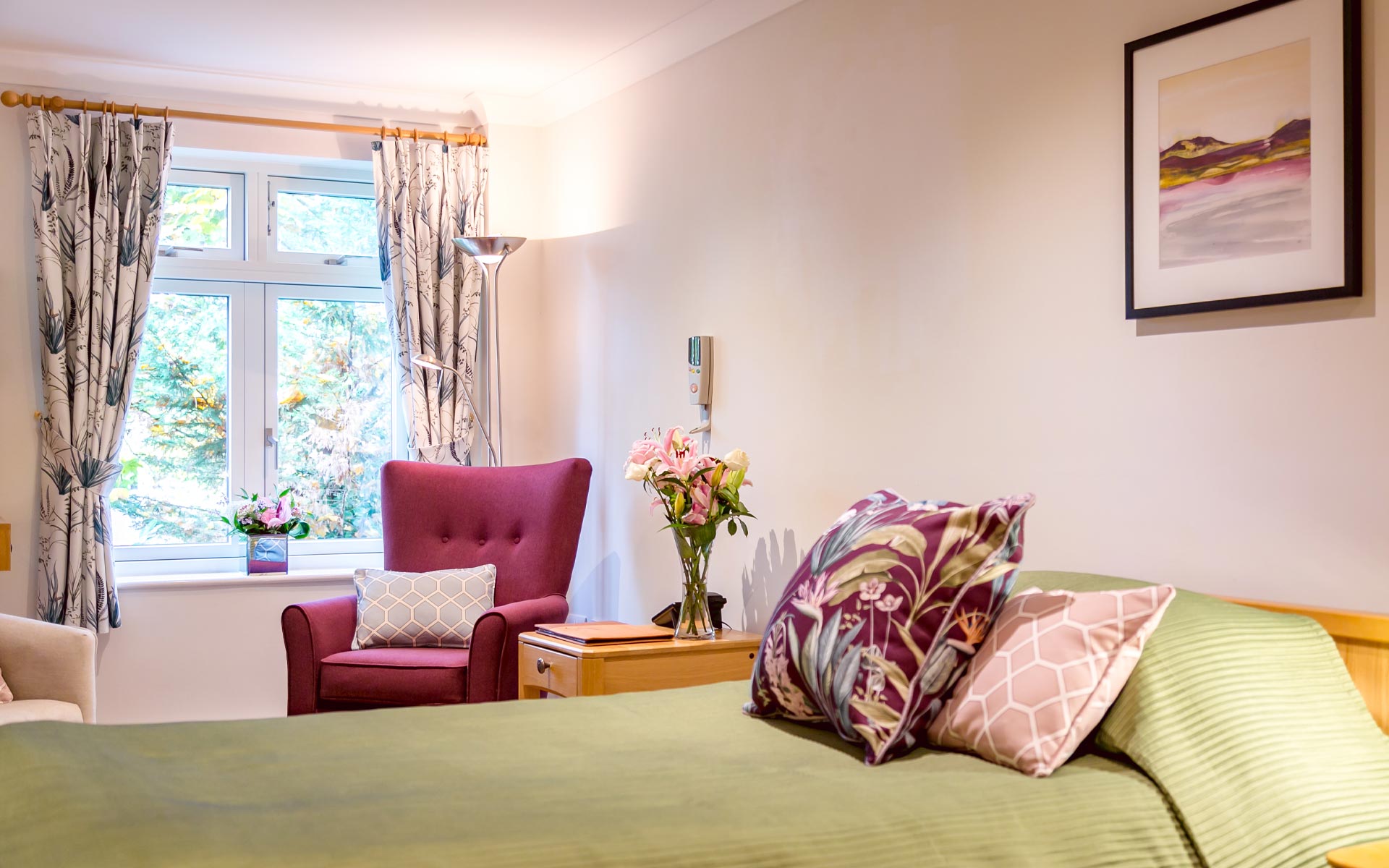Press play to hear more about how we can help
Access 21 Interiors – Interior Design for Care Homes
Access 21 Interiors can create bespoke interior design solutions you desire within budget, and on time, for your care home. We’re a customer-focused, friendly service, that delivers anything from a single chair to a full fit-out with design and project management services. We put your individual needs first and make your rooms easier to market to potential new residents and their families.


Specialists Interior Design for Care Homes
Access 21 Interiors are a creative interior design consultancy, and have worked in the care sector since 1999. We’re able to create bespoke interior design solutions that suit both your residents, budgets, timescales, and are in accordance with all legislative procedures.
Frequently Asked Questions for Care Home Interior Design
When designing interiors for care homes, several key considerations must be taken into account to ensure safety, comfort, and a supportive environment for residents. Below are some frequently asked questions (FAQ) regarding care home interior design.
What are the essential design principles for care homes?
- Safety and Accessibility: Spaces should be easy to navigate, with wide corridors, handrails, non-slip flooring, and accessible bathrooms. All areas should be wheelchair-friendly.
- Comfort and Homeliness: Design should evoke a sense of comfort and familiarity, incorporating soft furnishings, warm colours, and personalisable spaces.
- Lighting: Utilise ample natural light complemented by soft, well-distributed artificial lighting. Avoid glare and shadows to reduce confusion or discomfort.
- Noise Control: Use sound-absorbing materials and design layouts that minimise noise, promoting a calm environment.
- Wayfinding: Clear signage, contrasting colours, and simple layouts help residents with cognitive impairments navigate easily.
How can design improve the well-being of residents?
- Biophilic Design: Incorporate elements of nature, such as indoor plants, views of greenery, and natural materials, to enhance mood and reduce stress.
- Social Spaces: Create comfortable communal areas that encourage social interaction while also providing quiet zones for relaxation.
- Personalisation: Allow residents to personalise their living spaces with their belongings to foster a sense of ownership and comfort.
- Colour Schemes: Use colour psychology to create calm, uplifting spaces. Soft, warm colours can make areas feel welcoming and safe.
What are specific considerations for dementia-friendly design?
- Memory Aids: Use visual cues like photographs, memory boxes, and themed areas to help residents recall and orient themselves.
- Contrasting Colours: Ensure that walls, floors, and furniture are in contrasting colours to help residents distinguish between different elements.
- Simple Layouts: Minimise complex layouts to reduce confusion. Circular or looped paths are beneficial to avoid dead ends.
- Safety Features: Hidden doors or discreet locks can prevent residents from wandering into unsafe areas.
What types of materials are best for care home interiors?
- Durable and Easy to Clean: Use materials that are hard-wearing and simple to maintain, such as vinyl flooring and washable wall coverings.
- Non-Toxic and Hypoallergenic: Ensure all materials are free from harmful chemicals to promote a healthy environment.
- Comfortable Textures: Choose fabrics and finishes that are soft to the touch and comforting, particularly for furniture and bedding.
How can technology be integrated into care home design?
- Smart Lighting: Implement adaptive lighting systems that adjust according to the time of day or resident needs.
- Emergency Call Systems: Install accessible and easy-to-use call systems in every room and communal area.
- Monitoring Systems: Use discreet monitoring technologies to ensure safety without intruding on privacy.
- Interactive Devices: Incorporate devices for entertainment, communication, and cognitive stimulation, like touch-screen tables or video calling systems.
How can you accommodate different levels of mobility in a care home?
- Flexible Furniture: Use lightweight, movable furniture that can be easily reconfigured to suit different needs.
- Multi-Level Seating: Include seating options of varying heights to accommodate residents who may have difficulty sitting or standing.
- Accessible Bathrooms: Equip bathrooms with grab bars, walk-in showers, and raised toilet seats to assist residents with mobility challenges.





